 First of all, it needs to be said that you can’t completely “prevent” injury, you can only reduce the risk.
First of all, it needs to be said that you can’t completely “prevent” injury, you can only reduce the risk.
There are many factors that can lead to an injury, many of which cannot always be controlled.
The factors you do have some control over however, should be controlled to the best of your ability.
Some of these factors include:
1) Controlling total training load.
Total training/tissue load can be many different things. Some examples of training load are resistance training load (session/weekly totals), running mileage, plyometric ground contacts, game time, RPE etc.
There are other factors that may influence tissue load, including other physical requirements that may come from work, hobbies or anything that may load the body. These are difficult to monitor but should always be considered.
Setting guidelines and limits to your training load ensures you have no extreme spikes in workload that your body cannot handle.
Controlling training/tissue workload is also vital for adjusting your training stimulus to ensure regular progress is being achieved and therefore, should be monitored anyway.
2) Increasing tissue capacity.
Tissue capacity is the amount of stress a tissue can tolerate. “Tissue” referring to mainly muscle and tendon.
Exceeding tissue capacity is the most common cause of injury.
Tissue capacity can be dependent on a number of factors including strength, movement control, and flexibility/range of motion ability.
Exceeding tissue capacity can be caused by a short term (within a session/game) or long term (over week/months of training/games) increase in physical demand, with the tissue being placed under stress too frequently or under too much load for long durations.
To improve tissue capacity, load must be applied to the tissue gradually in a progressive manner.
Depending on the range of movement required during your training/sport/daily physical demands, you may also need to increase your range of motion in those movements before increase strength capabilities.
Creating the correct strength and conditioning programme that gradually increases tissue capacity through improving strength and range of motion without risking injury, is key to achieve a high load on tissues without injury.
3) Warm-up well.
To improve the body’s ability to handle moderate/high training loads, an effective warm up is also an effective short-term method of reducing injury risk.
Following a basic RAMP style warm up (Raise, Activate, Mobilise and Potentiate) will tick most boxes when it comes to preparing the body for short term training stress.
Although beneficial, a very thorough warm-up alone is not enough to reduce injury risk. There is still risk for injury if you have a poor tissue capacity and you have a spike in training load that you cannot handle.
Many elite athletes do not need much of a warm-up to perform well (they normally do just out of precaution and optimise performance however).
Some aspects of training/recovery that have not been mentioned here are; stretching, foam rolling/massage, cool downs, ice baths… etc.
These haven’t been mentioned in this article as they have very little evidence supporting their use in reducing injury. They may have some short-term benefits, but not for actually reducing the risk for injury.
Conclusion
To avoid injury, understating the relationship between training load and how much training load your body can handle is vital.
Simultaneously limiting your training load and increasing your tissue capacity is the best option for reducing injury risk, with the use of an effective warmup also being a small factor in preventing injury.
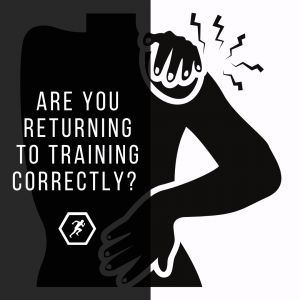 With the COVID-19 pandemic situation now improving and life slowly returning to normality (or the new normal), we now need to plan for an appropriate return to training/performance strategy for all those returning to sport or physical activity.
With the COVID-19 pandemic situation now improving and life slowly returning to normality (or the new normal), we now need to plan for an appropriate return to training/performance strategy for all those returning to sport or physical activity. Yes… walking.
Yes… walking.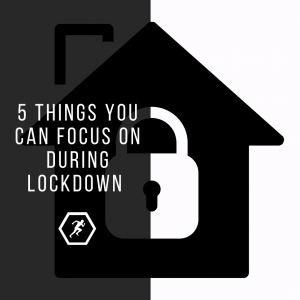 Lockdown is not all bad… hopefully some of you have realised that this period of time may have actually made some of your goals easier to reach.
Lockdown is not all bad… hopefully some of you have realised that this period of time may have actually made some of your goals easier to reach. With quarantine still in effect in the UK, many are buying and using whatever equipment they can to continue to work towards their training goals.
With quarantine still in effect in the UK, many are buying and using whatever equipment they can to continue to work towards their training goals. With the very unfortunate news that all gyms across the UK were to close immediately, we now have an even greater challenge in working towards our individual fitness and/or physical performance goals.
With the very unfortunate news that all gyms across the UK were to close immediately, we now have an even greater challenge in working towards our individual fitness and/or physical performance goals.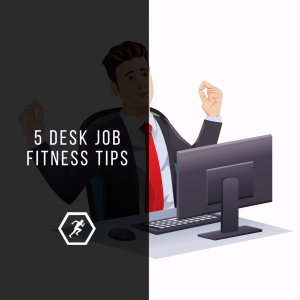 1. GET THOSE STEPS IN!
1. GET THOSE STEPS IN!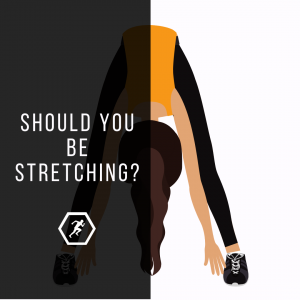 “My hip flexors are tight, do you know a stretch for that? Have you got a stretch for tight hamstrings? My posture is rubbish, got any pec stretches?”
“My hip flexors are tight, do you know a stretch for that? Have you got a stretch for tight hamstrings? My posture is rubbish, got any pec stretches?” Yoga has become increasingly more popular in recent years. But should YOU be doing yoga.
Yoga has become increasingly more popular in recent years. But should YOU be doing yoga.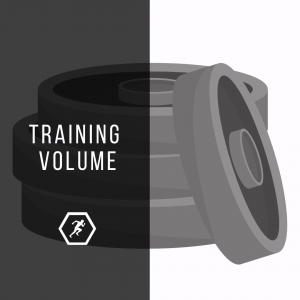
Recent Comments